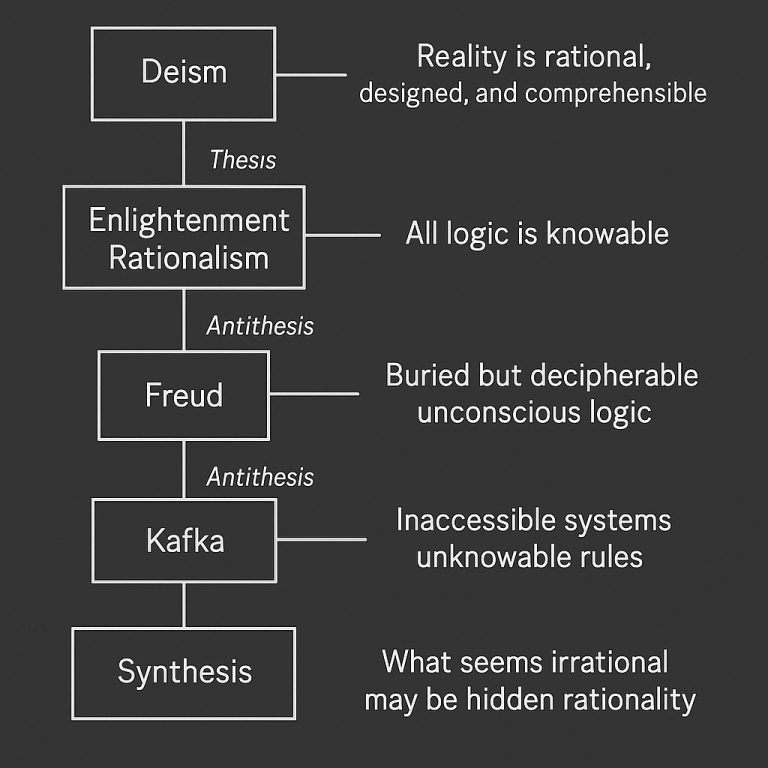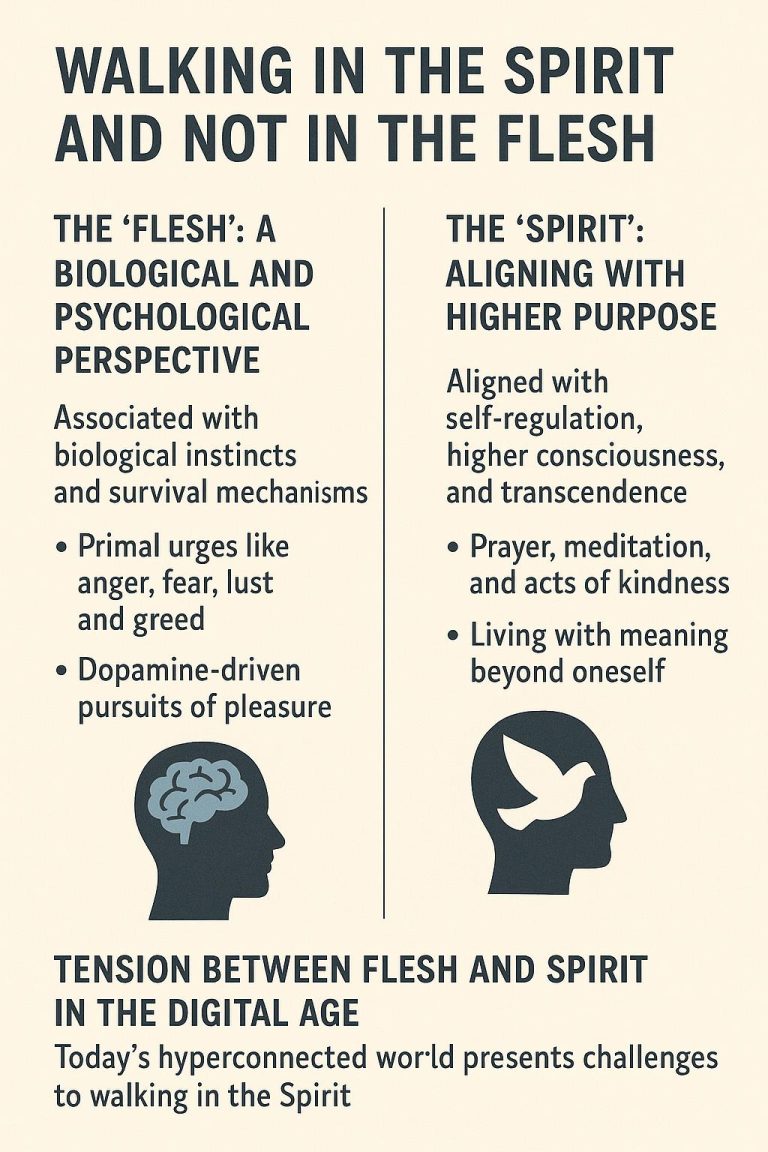The Ring Parable, Modern Science and Jesus: A Christian Reflection on “Das Amulett”

Conrad Ferdinand Meyer’s novella Das Amulett (1873) is a powerful literary meditation on faith, conflict, and human dignity, set during one of the darkest chapters of Christian history: the St. Bartholomew’s Day Massacre. Amid the horror of Catholics slaughtering Protestants in 16th-century France, Meyer introduces a glimmer of hope in the form of an amulet—a symbol of mercy that transcends religious affiliation. Woven into the story is a reference to the Ring Parable, most famously used by Lessing in Nathan der Weise. This inclusion draws attention to an age-old question: Can all sincere faiths lead to God—or is there only one true way?
The Ring Parable in Das Amulett: A Call for Mercy, Not Relativism
In Lessing’s Nathan der Weise, the Ring Parable presents three sons, each receiving a ring identical to the one their father claimed had divine power. Unable to prove which is the true ring, the judge urges them to live as though theirs is genuine—through love, kindness, and justice. The parable encourages religious tolerance and humility in the face of exclusive truth claims.
In Das Amulett, however, Meyer uses the parable in a more personal and historical way. His protagonist, a young Protestant named Rebekka’s son, survives the Catholic mob thanks to an old Catholic woman who gives him a religious amulet—a gesture of compassion that saves his life. The ring parable is mentioned not to declare all religions equally true, but to highlight the moral failure of doctrinal fanaticism and the redemptive power of love in a time of religious violence.
Meyer’s use of the parable is not relativistic in the Enlightenment sense. Rather, it’s existential and tragic—an appeal for a deeper Christian ethic that transcends confessional hatred. The novella doesn’t suggest all religions are interchangeable, but that even within a divided Christianity, the spirit of Christ can—and must—overcome dogmatic cruelty.
Jesus and the Exclusive Claim of Christianity
Despite its humanitarian message, the Ring Parable remains in deep tension with Christianity’s central claim: that salvation comes through Jesus Christ alone. Jesus didn’t present himself as one good option among many. He declared, “I am the way, the truth, and the life. No one comes to the Father except through me” (John 14:6).
From this standpoint, the idea that all sincere faiths are equally valid paths to God contradicts the gospel. Christianity teaches that no amount of good deeds or moral living can reconcile humanity to God apart from grace, which comes uniquely through the life, death, and resurrection of Christ.
Therefore, while the moral appeal of the Ring Parable resonates, its theological implications do not align with a biblical understanding of salvation. Das Amulett presents an honest and poignant moment of mercy across religious lines, but the gospel of Jesus offers more than mercy between men—it offers reconciliation with God.
Science, Truth, and Christian Conviction
Modern science offers an interesting contrast. Like the judge in the Ring Parable, science often suspends final judgment and seeks truth through observation and humility. It encourages respect for complexity, admits uncertainty, and promotes peaceful coexistence of ideas—until evidence clarifies what is true.
Science does not endorse relativism. It requires coherence, testing, and truth. In this, science and Christianity share a truth-oriented mindset, though they operate in different domains. Christianity proclaims revealed truth through Scripture and the person of Christ; science seeks natural truth through reason and experimentation. Both reject the idea that contradictory claims can be simultaneously correct.
Mercy Without Relativism
Das Amulett uses the Ring Parable not to dissolve theological difference but to expose the horror of hatred committed in religion’s name. Meyer’s message is less about religious relativism and more about Christian compassion. In this sense, his work resonates with Jesus’ call to love even one’s enemies and with Paul’s teaching that without love, even the greatest truths are empty (1 Corinthians 13).
But Christians cannot affirm that all faiths are equally valid. The gospel proclaims one way to God, not as a tool of exclusion, but as an invitation to receive the one who gave his life for all. The Ring Parable, as used in Das Amulett, calls us to live with mercy and humility—but Jesus calls us to live in truth and grace.






